Droplet precautions are infection control measures used to prevent the spread of diseases that are transmitted through respiratory droplets — particles expelled when an infected person coughs, sneezes, or talks. These droplets typically travel 1 to 2 meters before settling on surfaces or being inhaled by someone nearby.
In settings such as hospitals, care homes, cleaning services, or quarantine zones, the use of appropriate personal protective equipment (PPE) is critical for preventing transmission of infections such as influenza, COVID-19, pertussis (whooping cough), diphtheria, and meningitis.
What Are Droplet Precautions?
Droplet precautions are part of the standard and transmission-based precautions in infection prevention. They are recommended when dealing with pathogens spread by large respiratory droplets that cannot remain suspended in the air for long but can infect nearby people through mucous membranes (eyes, nose, mouth).
These precautions are often layered with contact precautions, depending on the pathogen.
Why Is PPE Important for Droplet Precautions?
Respiratory droplets can:
-
Contaminate mucous membranes
-
Land on surfaces, increasing the risk of indirect contact transmission
-
Pose a risk during close contact with infected individuals
The correct PPE forms a barrier between the droplets and healthcare or cleaning personnel, reducing the risk of infection.
PPE Used for Droplet Precautions
The following are the essential PPE items recommended by health authorities like WHO, CDC, and the Kenyan Ministry of Health for droplet precautions:
1. Surgical or Medical Masks
-
Most important PPE for droplet precautions
-
Prevent large respiratory droplets from reaching the mouth and nose
-
Should be worn before entering the room of an infected person and disposed of safely after exit
-
Not reusable; should be changed if damp or soiled
🧠 Note: N95 respirators are typically reserved for airborne precautions, unless aerosol-generating procedures are involved.
2. Face Shields or Safety Goggles
-
Protect the eyes, which are vulnerable entry points for droplet-based infections
-
Should be used alongside masks to cover the full face
-
Reusable eye protection must be disinfected between uses
-
Face shields are preferred in high-exposure zones (e.g., COVID-19 isolation units)
3. Disposable Gowns or Aprons
-
Prevent droplets from contaminating clothing and skin
-
Gowns should cover the front and arms fully and be tied securely
-
Disposable plastic aprons may be used for less invasive tasks (e.g., general cleaning or short contact)
-
Must be removed and disposed of immediately after use to prevent cross-contamination
4. Gloves
-
Reduce the risk of indirect transmission from contaminated surfaces or equipment
-
Should be worn when touching bodily fluids, contaminated surfaces, or during cleaning tasks
-
Must be changed between patients or tasks and never reused
5. Head Covers (Optional)
-
May be used in high-risk zones or for full isolation protocols
-
Prevent contamination of hair by droplets or splashes
When to Use PPE for Droplet Precautions
Droplet precautions are recommended when dealing with or cleaning environments exposed to:
-
COVID-19 patients (non-aerosol settings)
-
Influenza or flu-like illnesses
-
Bacterial meningitis
-
RSV (Respiratory Syncytial Virus)
-
Diphtheria or pertussis
-
Cleaning hospital rooms or homes after exposure to respiratory infections
Cleaners, nurses, caregivers, and family members should all wear appropriate PPE when in close contact.
Proper Procedure for Using Droplet Precaution PPE
Donning (Putting On PPE)
-
Hand hygiene – Wash with soap or use sanitizer
-
Put on gown or apron – Tie securely
-
Put on surgical mask – Fit snugly over nose and under chin
-
Put on goggles or face shield
-
Put on gloves – Ensure cuffs of gloves cover wrist
Doffing (Removing PPE)
-
Remove gloves
-
Remove gown or apron carefully
-
Perform hand hygiene
-
Remove goggles or face shield
-
Remove mask last
-
Perform final hand hygiene
🧼 Always dispose of PPE in designated clinical waste bins or use biohazard pedal bins for infection control.
Common Mistakes to Avoid
-
Reusing single-use masks or gloves
-
Touching the front of the mask while removing it
-
Wearing the same PPE across different patients or areas
-
Improper disposal of PPE in general waste
-
Inadequate hand hygiene before and after PPE use
PPE Compliance in Cleaning and Caregiving
If you run or manage a cleaning service or homecare agency in Kenya, ensure:
-
All staff are trained in PPE donning and doffing
-
PPE is available in all kits and vehicles
-
Biohazard bins are available on-site
-
Waste is disposed of as per NEMA and Ministry of Health guidelines
🧼 For regular disinfection services or deep cleaning of medical facilities, PPE should also include chemical-resistant gloves, coveralls, and safety boots.
Final Thoughts
Protecting against droplet-borne infections starts with the right PPE and knowledge. Whether you are in healthcare, cleaning, caregiving, or simply caring for a sick family member at home, droplet precaution PPE like surgical masks, goggles, gowns, and gloves are essential tools to stop infection spread.
At Kejani Cleaning Supplies, we stock high-quality, affordable PPE suitable for droplet precautions in medical and cleaning settings.
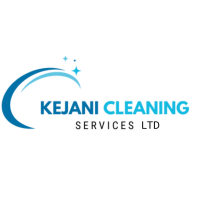
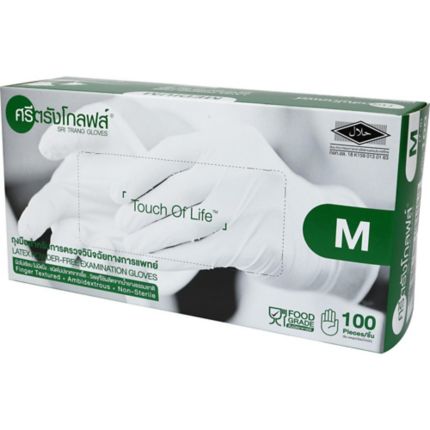
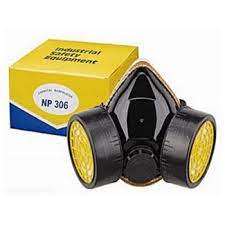
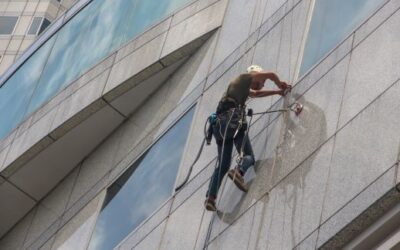
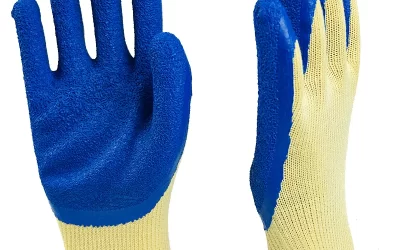
0 Comments